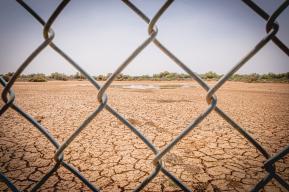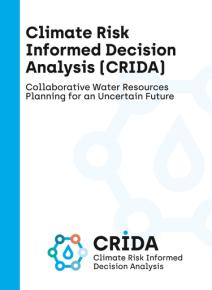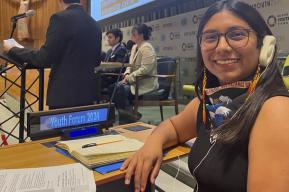News
Celebrating mangroves as sustainable solutions for climate change in the Caribbean

Mangroves are a unique, special and vulnerable ecosystem
Mangroves are rare, spectacular and prolific ecosystems on the boundary between land and sea. These extra ordinary ecosystems contribute to the wellbeing, food security, and protection of coastal communities worldwide. They support a rich biodiversity and provide a valuable nursery habitat for fish and crustaceans. Mangroves also act as a form of natural coastal defense against storm surges, tsunamis, rising sea levels and erosion. Their soils are highly effective carbon sinks, sequestering vast amounts of carbon.
Mangroves occur in the tropics and subtropics along high and low-salinity coastal zones, in brackish deltas and, very rarely, in freshwater systems. There are about 152,000 km2 of mangrove forests worldwide. Yet mangroves are disappearing three to five times faster than overall global forest losses, with serious ecological and socio-economic impacts. Current estimates indicate that mangrove coverage has been divided by two in the past 40 years.
UNESCO is engaged deeply in supporting the conservation of mangroves, while advancing the sustainable development of their local communities. The inclusion of mangroves in Biosphere Reserves, World Heritage sites and UNESCO Global Geoparks contributes to improving the knowledge, management and conservation of mangrove ecosystems throughout the world. With the commemoration of the International Day for the Conservation of the Mangrove Ecosystem each year on 26 July, UNESCO aims to raise awareness of the importance of mangrove ecosystems as “a unique, special and vulnerable ecosystem" and to promote solutions for their sustainable management, conservation and uses.
Mangrove Ecosystems in Caribbean SIDS
UNESCO, in collaboration with the Mangrove Action Project (MAP) and the Thai National Science Museum (NSM), has been developing a poster series of beautiful photographs of mangrove ecosystems from 60 countries across the world, which includes basic statistical information on mangroves, drawn from the World Atlas of Mangroves (2010). They also provide basic information on UNESCO designated sites in these countries, as of December 2020.
The Caribbean Mangroves Poster Series, developed by the UNESCO Cluster Office for the Caribbean, covers 6 Caribbean Small Island Developing States (SIDS): Aruba, The Bahamas, Belize, The Cayman Islands, Curaçao and Trinidad and Tobago.
Click on the images below to enlarge them.









